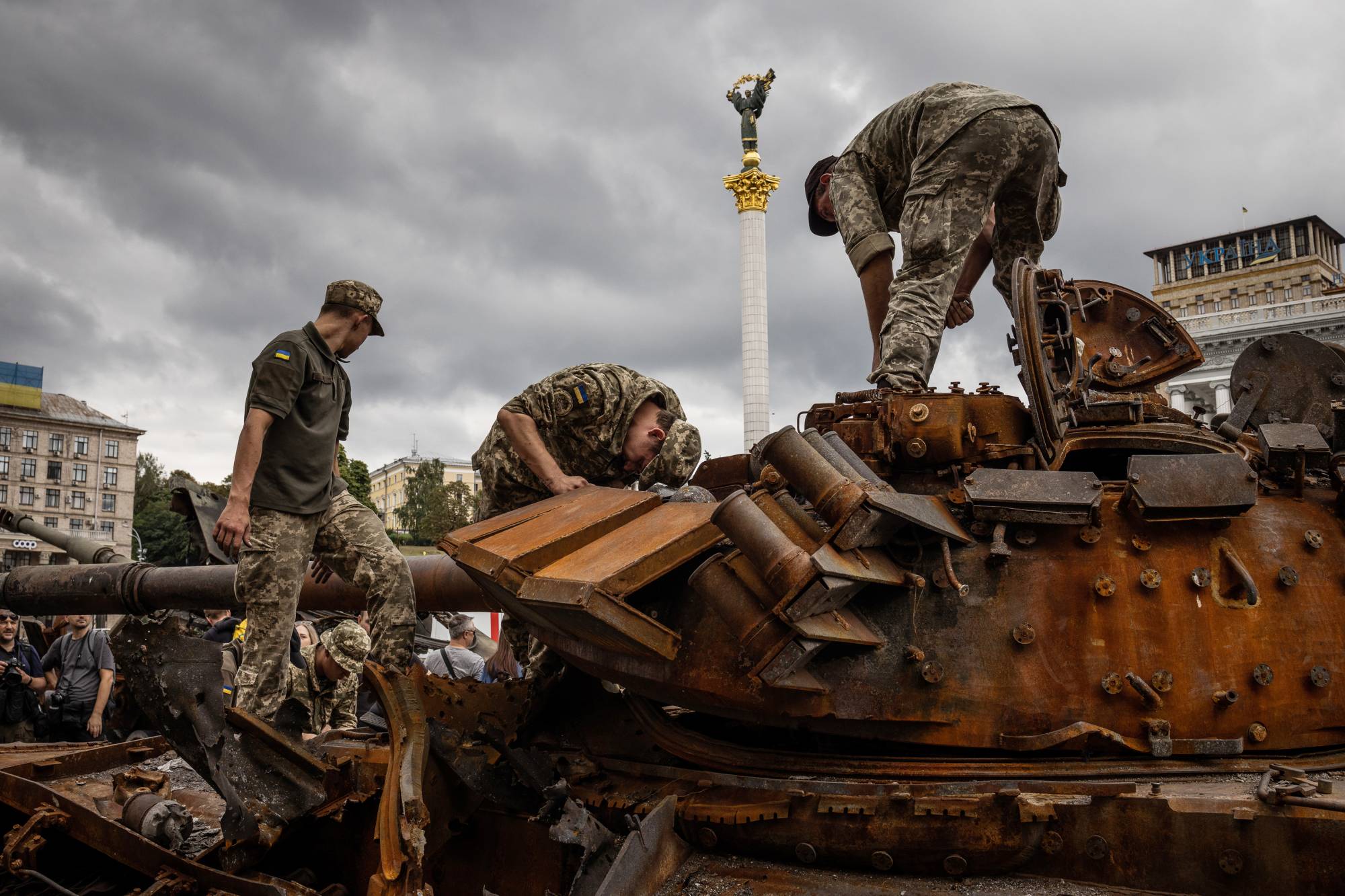With no end in sight, Ukraine marked six months of bloody fighting in the country on Wednesday, as the ramifications of Moscow's invasion continue to reverberate across both Japan and the wider Indo-Pacific region.
For half a year, Europe’s largest military conflict since World War II has raged in Ukraine after Russia’s Feb. 24 invasion of its neighbor. More than 5,500 Ukraine civilians have been killed and 7,890 injured, the United Nations High Commissioner for Human Rights said Monday — though the actual numbers are believed to be far higher. According to the military’s top brass, nearly 9,000 members of the Ukrainian armed forces have been killed since the start of the war.
Moscow, meanwhile, has kept the number of its own casualties a closely guarded secret, but U.S. intelligence puts the figure at around 15,000 Russian soldier deaths and three times that number wounded — a toll equal to the total number of Soviet dead during Moscow's 1979 to 1989 occupation of Afghanistan.


















With your current subscription plan you can comment on stories. However, before writing your first comment, please create a display name in the Profile section of your subscriber account page.